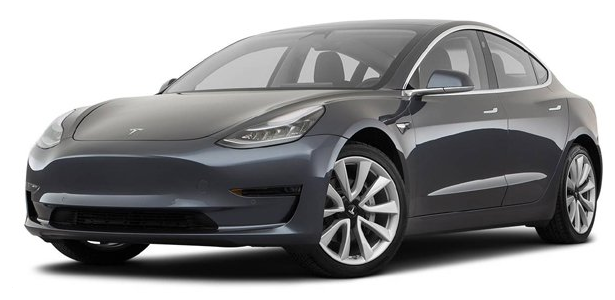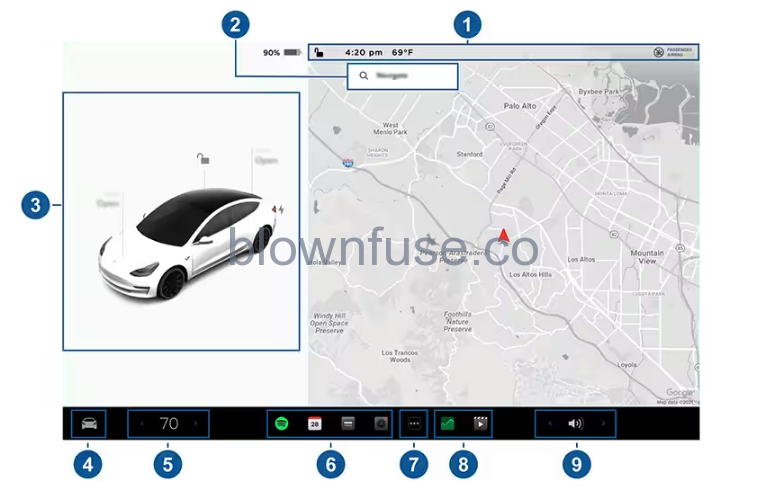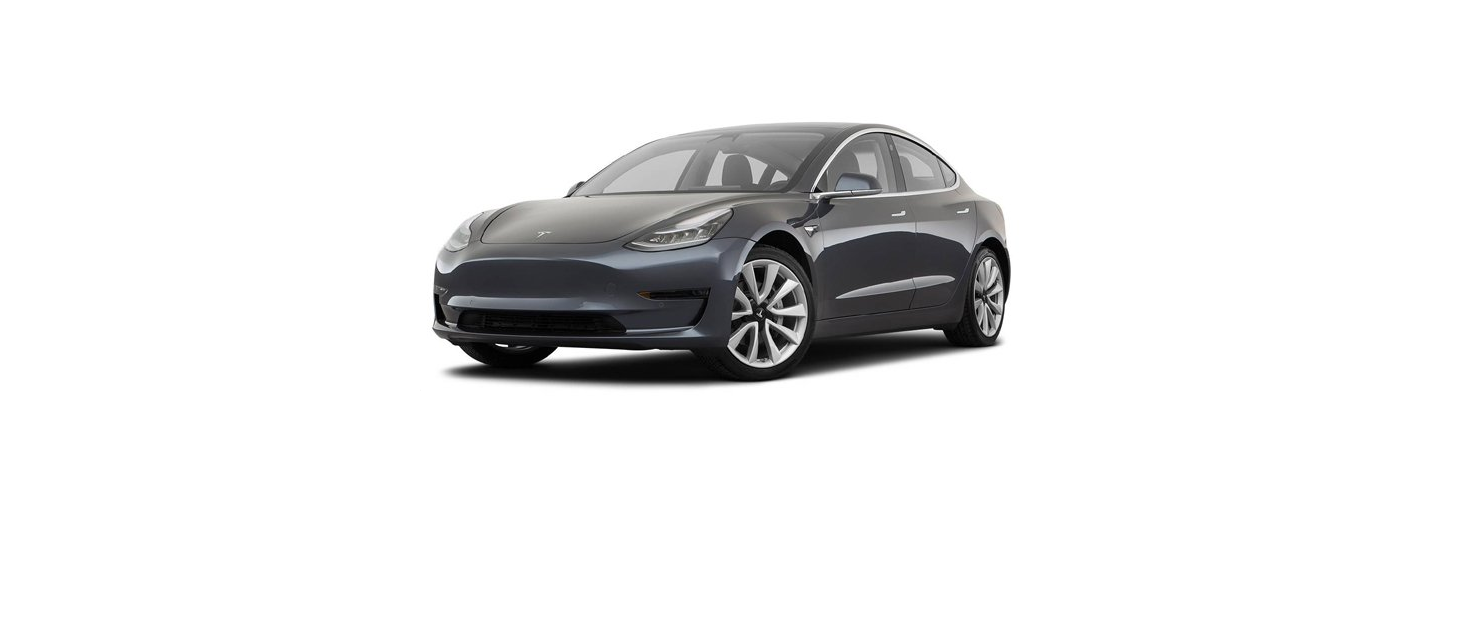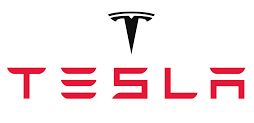2021 Tesla Model 3 Touchscreen Overview

Use the touchscreen to control many features that, in traditional cars, are controlled using physical buttons (for example, adjusting the cabin heating and air conditioning, headlights, etc.). You also use the touchscreen to control media, navigate, use entertainment features, and customize Model 3 to suit your preferences. For hands-free access to common touchscreen controls, use voice commands (see Voice Commands). The main component of the touchscreen is the map area. Other main components are shown here:

- Status bar: This area on the top of the touchscreen displays the time of day, the outside temperature, and the following icons:
 Touch to lock/unlock all doors and trunks.
Touch to lock/unlock all doors and trunks. Displays on the touchscreen status bar only when Model 3 detects a programmed HomeLink within range, and the touchscreen is not already displaying the HomeLink screen or popup. See HomeLink Universal Transceiver.
Displays on the touchscreen status bar only when Model 3 detects a programmed HomeLink within range, and the touchscreen is not already displaying the HomeLink screen or popup. See HomeLink Universal Transceiver. Displays on the touchscreen status bar only when Model 3 is parked. Add, configure (including Valet Mode and Use Easy Entry), or quickly switch driver profiles. Driver profiles can also be accessed from the top of any Controls screen. See Driver Profiles.
Displays on the touchscreen status bar only when Model 3 is parked. Add, configure (including Valet Mode and Use Easy Entry), or quickly switch driver profiles. Driver profiles can also be accessed from the top of any Controls screen. See Driver Profiles.
Available when Model 3 is parked, touch to manually turn Sentry Mode on or off. To automatically turn Sentry Mode on every time you leave your vehicle, enable the setting from .
NoteFor some vehicles manufactured after approximately November 1, 2021, the center console USB ports may only support charging devices. Use the USB port inside the glove box for all other functions. Displays when Model 3 is connected to a Wi-Fi network.
Displays when Model 3 is connected to a Wi-Fi network. Displays when Model 3 cellular connectivity is very low or unavailable. Touch this icon for quick access to Wi-Fi settings.
Displays when Model 3 cellular connectivity is very low or unavailable. Touch this icon for quick access to Wi-Fi settings. Status of the front passenger airbag (see Airbags).
Status of the front passenger airbag (see Airbags). - Navigation: Change the orientation of the map, find or navigate to a destination, and change navigation settings (see Maps and Navigation).
- Car status: This area dynamically displays the current status of Model 3 as you drive, park, open doors, turn lights on, etc. Monitor this area when driving as it displays important information such as driving speed and warning messages (see Car Status). When the car is in Park, you can open the trunks or charge port door.
When full self-driving is enabled (if equipped), the car status area displays visualizations of the road and your vehicle’s surroundings. You can expand/condense the visualization by dragging the car status area from side to side. Expanding the visualization displays more details about the roadway and its surroundings, including road markings, stop lights, and objects (such as trash cans and poles).
- Controls: Control various features and adjust settings to customize your Model 3 (see Controls).
- Climate controls (driver): Use the left and right arrows to decrease/increase cabin temperature. Touch Split on the popup to display separate controls for the driver and passenger. Touch the temperature icon to customize climate control settings (see Climate Controls). The passenger climate controls display when temperature controls have been Split to provide separate controls for the driver and passenger.
- My Apps: For one-touch access to frequently used apps and controls, you can choose what displays here. See Customizing My Apps.
- App Launcher: Touch the app launcher to open the app tray. Then touch any app to open it. The app you choose displays on top of the map. To close an app, drag it downward.
- Recent App(s): Displays the most recently used app(s). The number of recent apps displayed here depends on how many apps have been added to My Apps. If you add the maximum number of apps to My Apps, only the most recent app displays.
- Volume Control: Controls the volume of media player and phone calls (see Volume Controls). The volume of navigation instructions is controlled separately (see Maps and Navigation).
Popup messages appear at the bottom of the touchscreen. For example, a seat belt reminder appears if a seat belt is unfastened in an occupied seat, an alert appears to notify you of an incoming phone call, a text message appears (when applicable), and voice commands appear when in use. If applicable, touch options from these popup messages (for example, accept/decline a phone call, choose an option from the headlight menu, etc.). To dismiss a popup message, swipe it downward.
Customizing My Apps
For one-touch access to commonly used apps and controls, you can customize what displays in the My Apps area on the touchscreen’s bottom bar:
- Enter customization mode by touching and holding any app or control in the My Apps area. If this area is empty, touch the App Launcher.
- Simply drag any app or control from the app tray onto the My Apps area in the bottom bar.
NoteSeat heaters selected from the app tray appear next to the temperature, instead of in the My Apps area.

